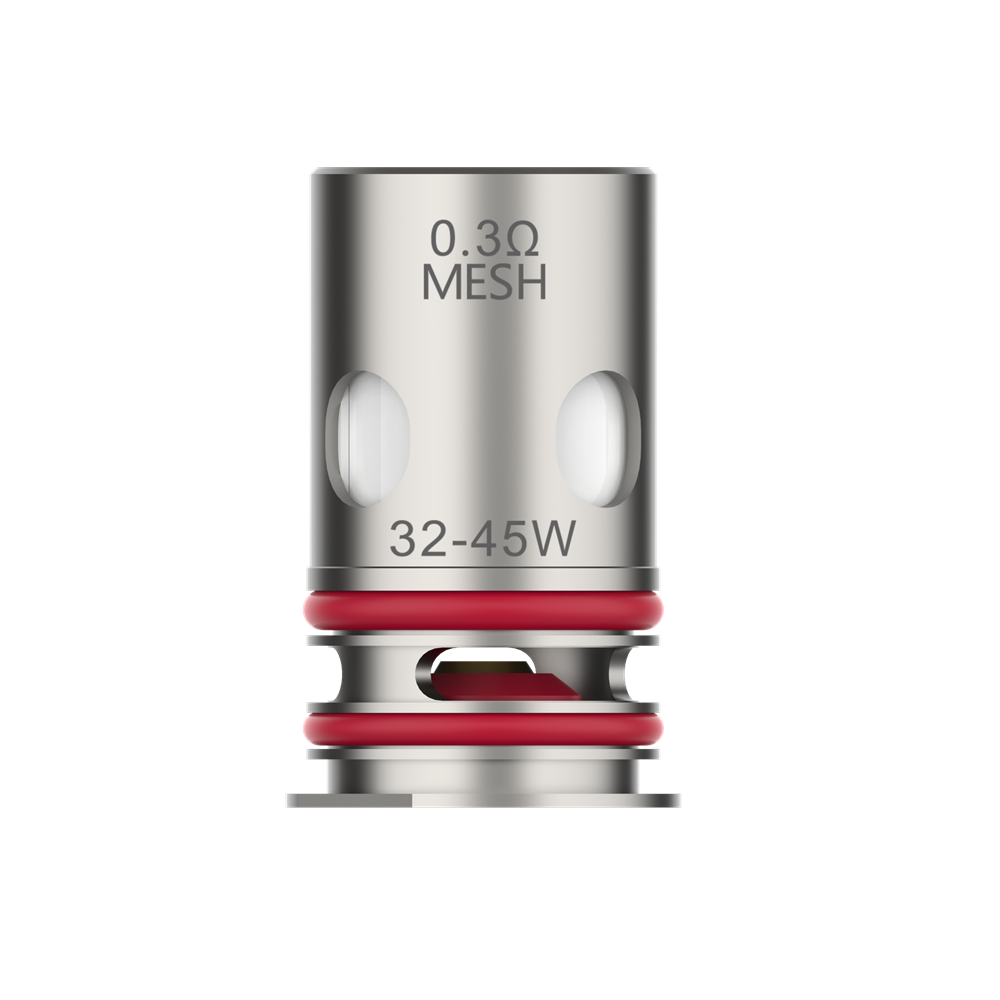Unlock Your Perfect Vape: Discover the Coils That Transform Your Experience!
Vape coils are the heart of any vaping device, acting as the crucial component that heats the e-liquid and transforms it into vapor. Understanding the different types of vape coils is essential for both novice and experienced vapers, as the right coil can significantly enhance the overall vaping experience. Whether you prefer a smooth, flavorful hit or massive clouds, selecting the right coil tailored to your preferences can make all the difference. As I explored the world of vaping, my friends and I often found that our choices in coils directly impacted our enjoyment, leading to countless discussions over which type delivered the best experience. In this article, we’ll dive into the various types of vape coils and how they can be matched to your unique vaping style.

Understanding Vape Coils
At its core, a vape coil is a wire wrapped in a spiral, which is responsible for heating up when electricity flows through it, thus vaporizing the e-liquid soaked into the coil. Each coil is comprised of several key components: the wire itself, the wick that holds the e-liquid, and the casing that supports both. When a user activates their device, the coil heats up, and the e-liquid is converted into vapor, which is then inhaled. The type of material used for the coil, as well as its design and resistance, plays a significant role in determining the flavor, throat hit, and vapor production. As I learned more about vaping, I found that understanding these components helped me appreciate the nuances of each puff, leading to a more satisfying experience.
Types of Vape Coils
There are several types of vape coils, each designed with unique materials and characteristics to cater to different vaping preferences. The most common types include Kanthal, Stainless Steel, Nickel, and Titanium. Kanthal coils are popular due to their durability and affordability, making them a favorite among many vapers. They heat up quickly and provide a consistent flavor. Stainless Steel coils offer versatility, as they can be used in both wattage and temperature control modes, making them suitable for users who like to experiment with their settings. Nickel coils are specifically designed for temperature control and provide a smooth, flavorful vape, while Titanium coils are known for their ability to produce dense vapor and exceptional flavor. My friend, who enjoys cloud chasing, swears by stainless steel coils for their ability to deliver robust performance across various devices.
Subsection: Wire Gauges and Resistance
The wire gauge and resistance of a coil play a pivotal role in its performance. Lower gauge wires are thicker and can handle more power, which often results in larger vapor production but may sacrifice flavor. Conversely, higher gauge wires are thinner and provide better flavor at the expense of vapor production. Understanding the significance of resistance is crucial—too low, and the coil may burn out; too high, and the device may struggle to heat effectively. Choosing the right gauge can enhance your vaping experience, aligning with your personal preferences. I remember experimenting with different gauges and discovering how a simple change could elevate my sessions, creating a richer flavor profile.
Choosing the Right Coil for Your Vaping Style
Selecting the right coil depends largely on your vaping style. If you’re a flavor chaser, you might prefer coils that are designed to optimize flavor, such as higher resistance coils made from materials like Kanthal or stainless steel. These coils provide a more controlled heat, allowing the intricate notes of the e-liquid to shine through. On the other hand, if you’re a cloud chaser, look for lower resistance coils or sub-ohm coils that can produce larger vapor clouds. It’s also essential to consider the compatibility of the coil with your device. My own experience taught me the importance of matching the right coils with my devices to achieve the desired vapor production and flavor experience.
Maintenance and Lifespan of Vape Coils
Maintaining your vape coils is essential for ensuring optimal performance and longevity. Regularly cleaning your coils can help preserve their lifespan, while replacing them when they show signs of wear is crucial for a good vaping experience. Indicators that a coil needs replacing include a burnt taste, reduced vapor production, or a change in flavor. It’s advisable to keep spare coils on hand to avoid interruptions to your vaping experience. My friends and I often share tips on maintaining our coils, as proper care can make a significant difference in our overall satisfaction with each session.
Maximizing Your Vaping Potential
Understanding the different types of vape coils is vital for enhancing your vaping experience. From the materials used to the coil’s characteristics, each factor plays a crucial role in how your device performs and how satisfying each puff can be. By choosing the right coil based on your personal preferences and maintaining them properly, you can unlock the full potential of your vape. Dive into the world of coils, experiment with different types, and discover what works best for you. With informed choices, you can transform your vaping experience into something truly exceptional.






